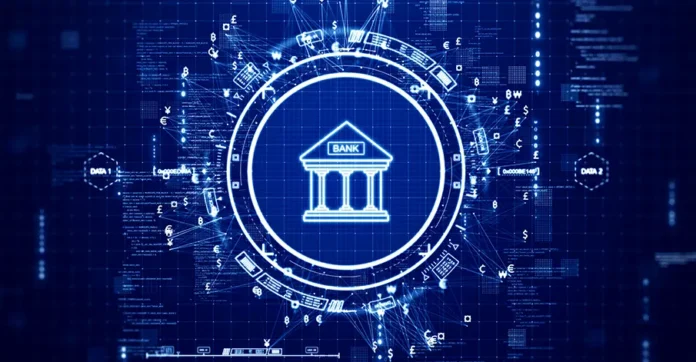
In recent months, India’s banking industry has been at the forefront of a cybersecurity storm, grappling with significant threats that have prompted a series of strategic regulatory and collaborative responses. As financial transactions become increasingly digitized, the sector’s vulnerabilities have been starkly highlighted, leading to decisive actions from both regulatory bodies and industry stakeholders.
The Reserve Bank of India’s recent intervention with Paytm’s wallet services is a case in point. The temporary suspension was not just about regulatory compliance; it was a stark reminder of the critical need for enhanced cybersecurity measures within fintech operations. The RBI’s move reflects growing concerns that without stringent security protocols, the digital financial services space could become a hotbed for financial crimes.
Parallel to this, the Ministry of Home Affairs has ramped up its efforts to shield consumers from cyber fraud, which has surged alarmingly in the banking sector. In an innovative step, the ministry has teamed up with SBI Card and leading telecom firms to establish a pre-emptive strike against cyber criminals. This initiative, focusing on advanced real-time monitoring and alerts, is a significant enhancement to the security framework protecting millions of consumers.
Moreover, with the shadow of unregulated digital lending platforms looming large, the RBI is contemplating the creation of the Digital India Trust Agency (DITA). This body would oversee digital lending practices, ensuring they are both transparent and secure. The establishment of DITA is a clear response to the intertwined threats of illegal lending practices and cybersecurity breaches, aiming to fortify the financial sector against these dual dangers.
These developments signify a crucial pivot in the narrative of India’s financial sector, with cybersecurity now at the center of regulatory and strategic agendas. The actions taken in the wake of issues faced by entities like Paytm and in combating rampant cyber fraud showcase a comprehensive approach to securing digital financial services. These efforts not only aim to protect consumers but also strive to maintain the integrity and trustworthiness of India’s financial systems.
The integration of AI and machine learning in banking cybersecurity offers predictive capabilities, potentially transforming security measures by pre-emptively identifying and neutralizing threats. As fintech evolves, regulatory frameworks need to become more dynamic and adapt in real time, likely demanding stricter data protection and compliance standards. Collaborative efforts, such as those between the Ministry of Home Affairs, banks, fintech’s and telecom companies, herald broader partnerships for a comprehensive security ecosystem. Enhanced consumer education will also play a critical role in strengthening financial systems against cyber threats. These proactive measures could position India as a global leader in financial cybersecurity practices.
As the country continues to strengthen its digital infrastructure, these targeted actions are vital for maintaining momentum towards a secure and resilient financial ecosystem. By addressing cybersecurity challenges head-on through regulatory reform and strategic collaborations, India is not only safeguarding its citizens but also setting a global standard for how to manage security in a digitally driven financial landscape. The results of these initiatives will undoubtedly influence global policies on managing cybersecurity in the financial sector.






